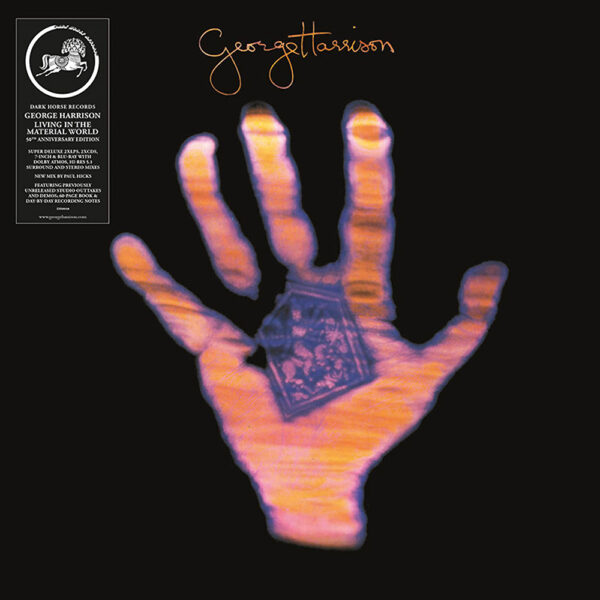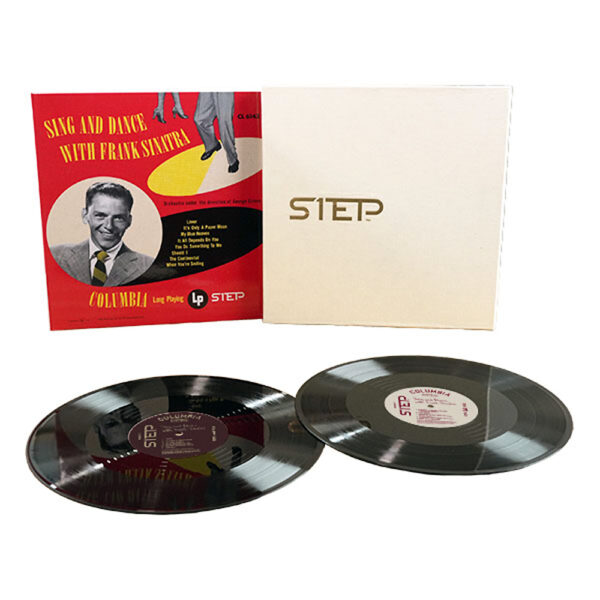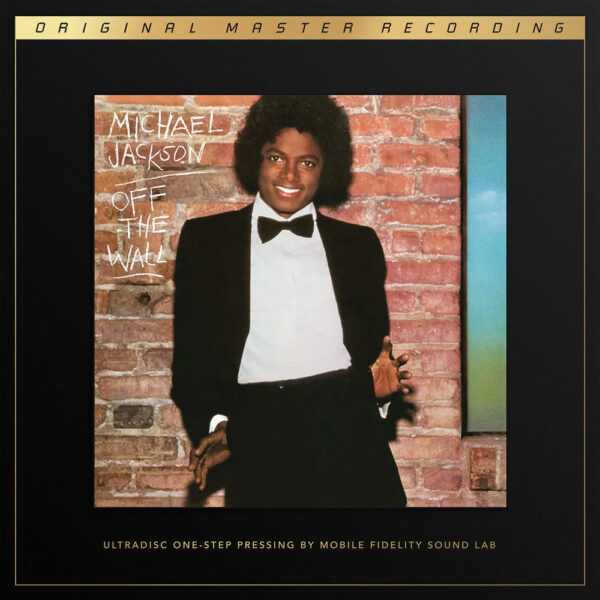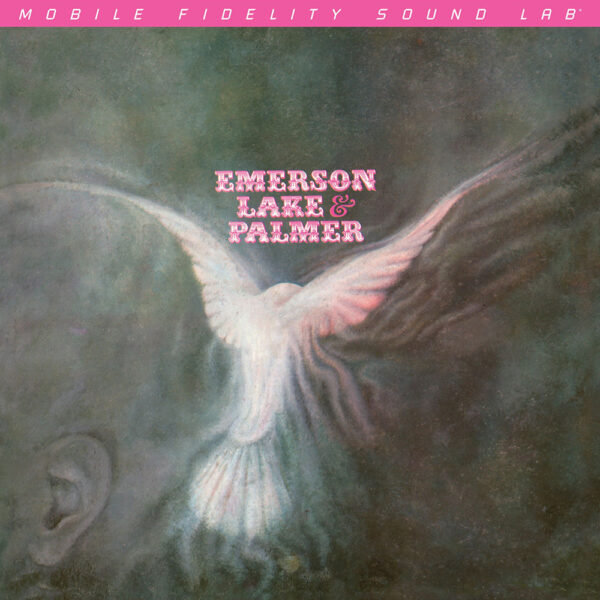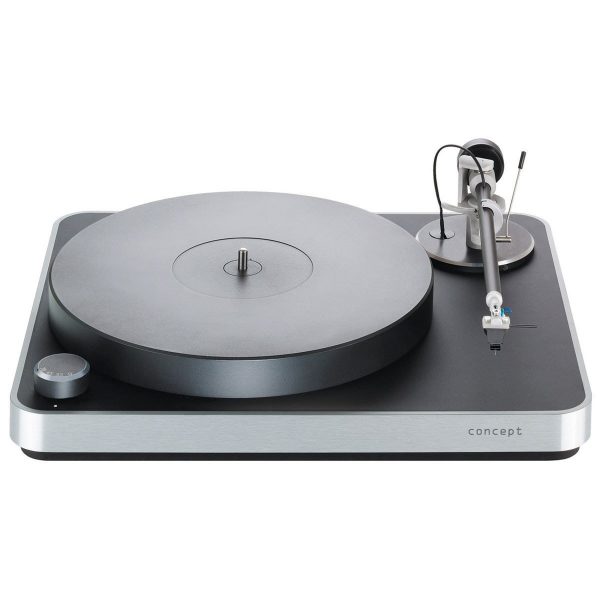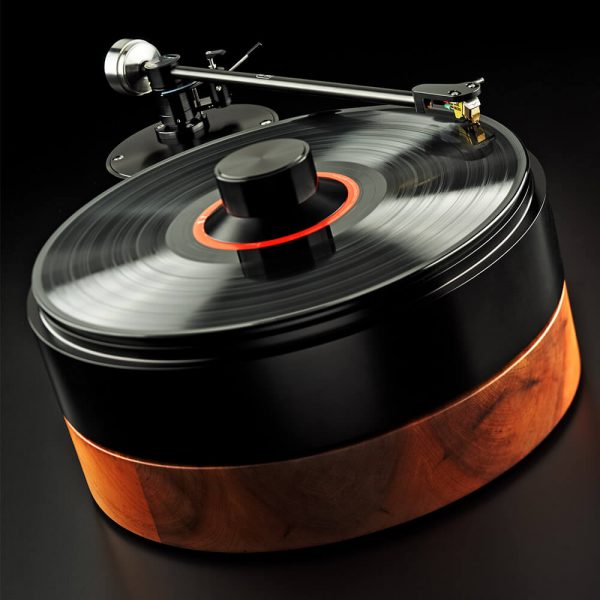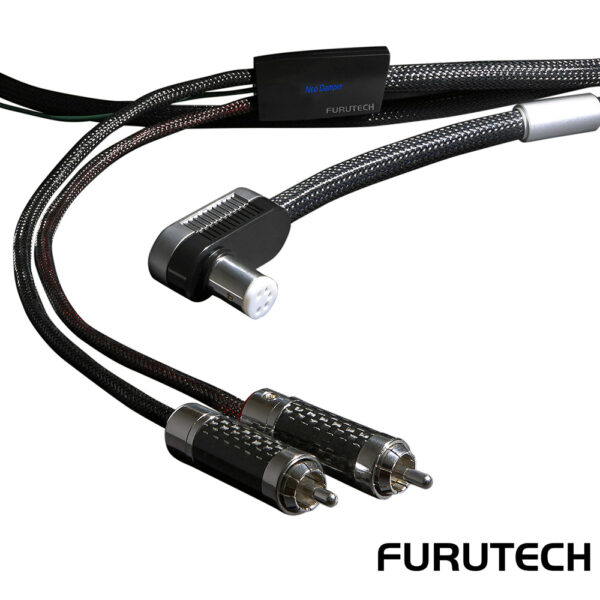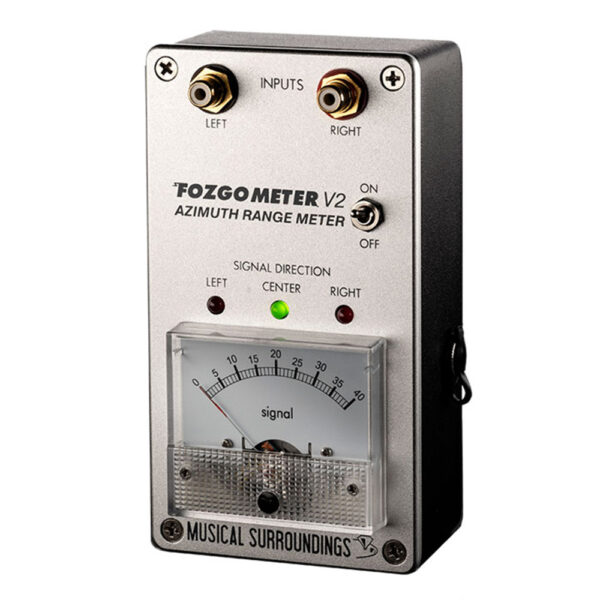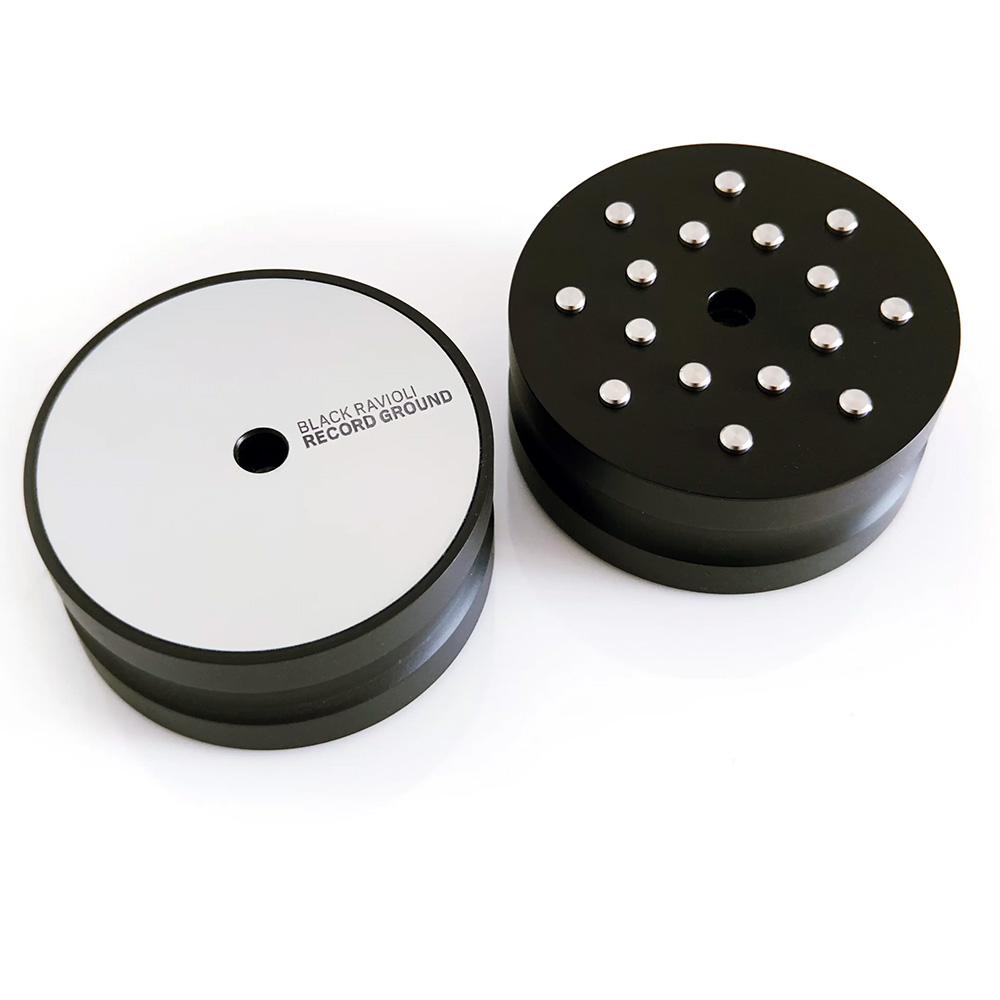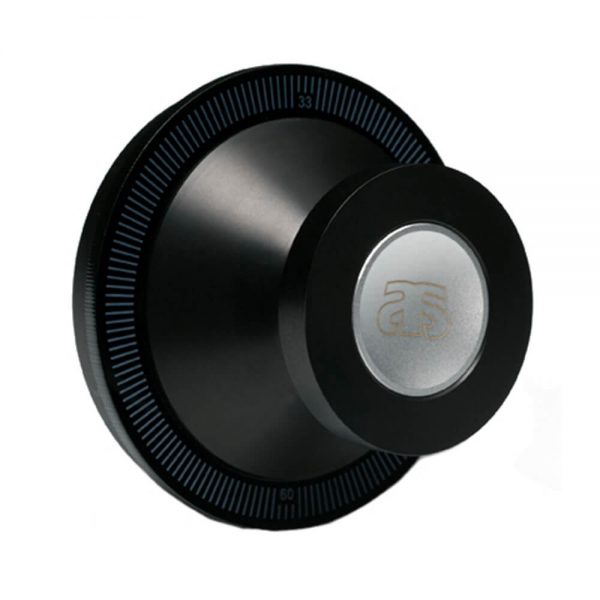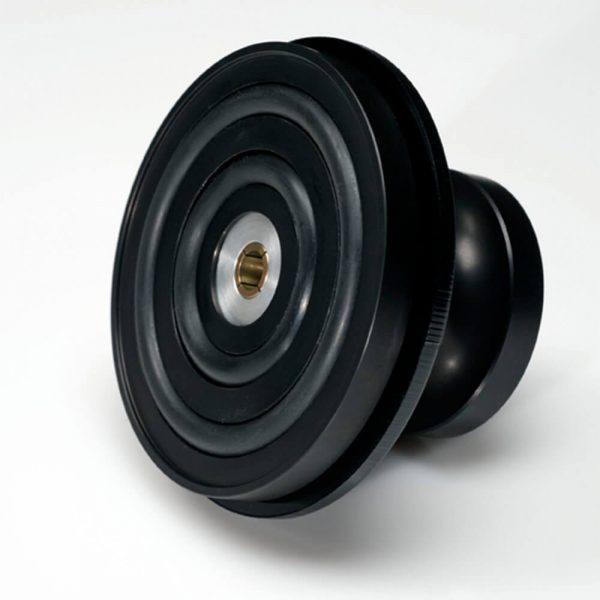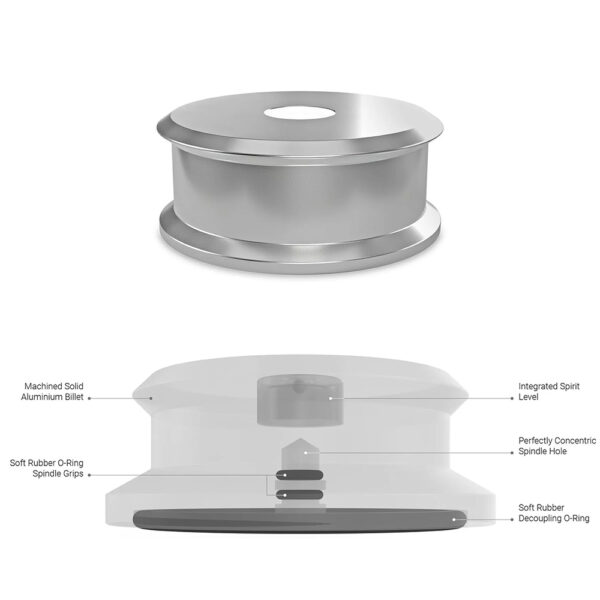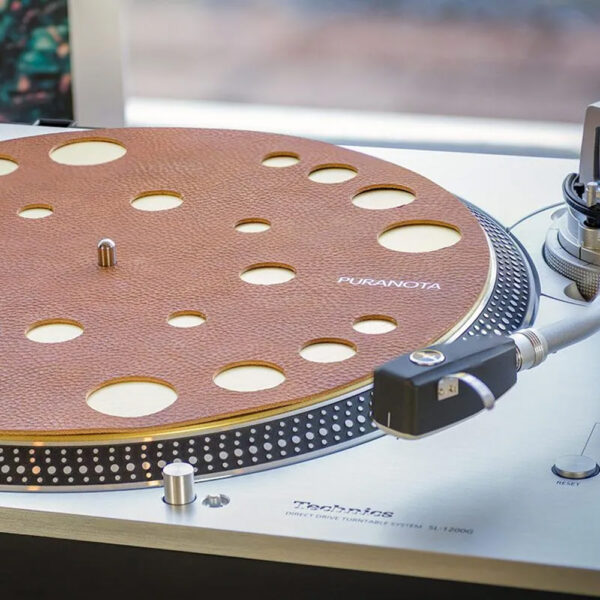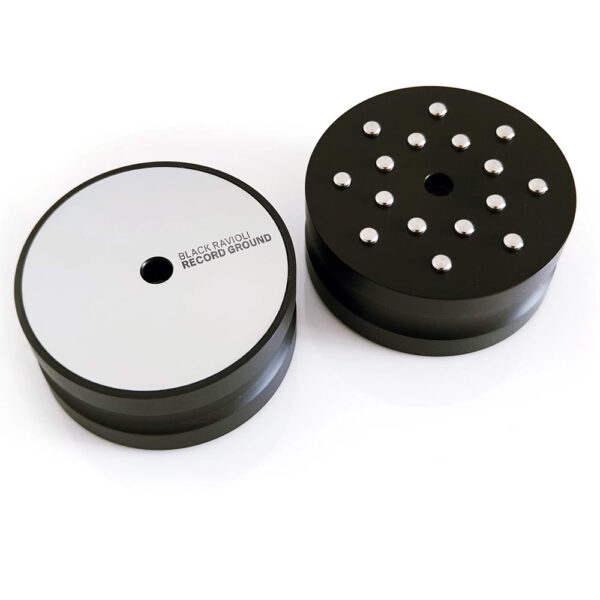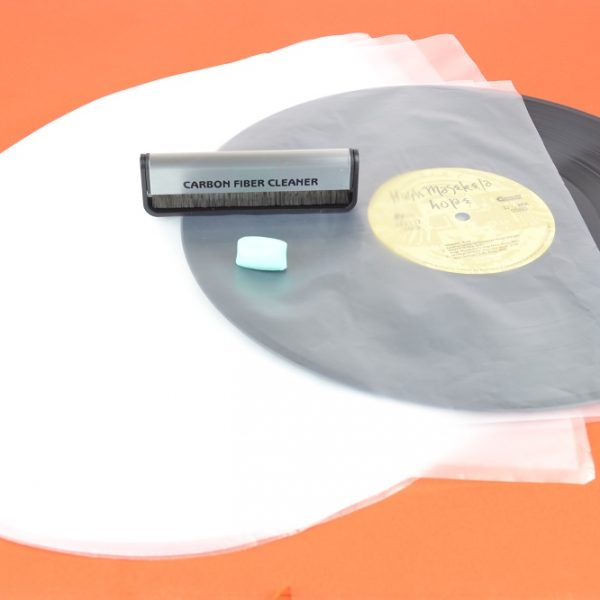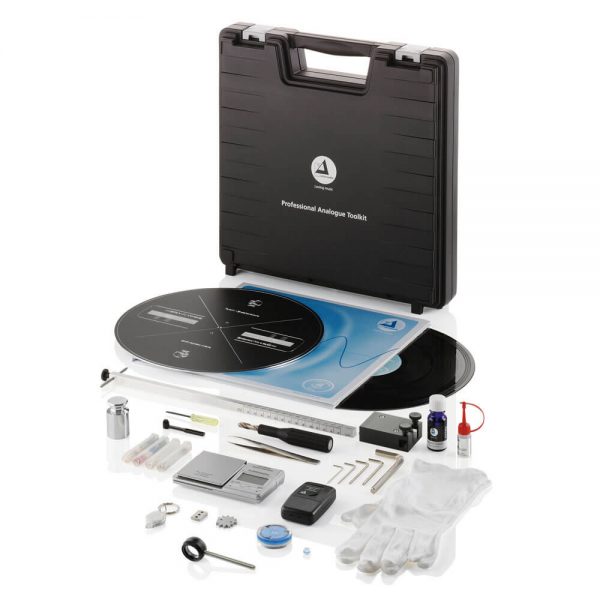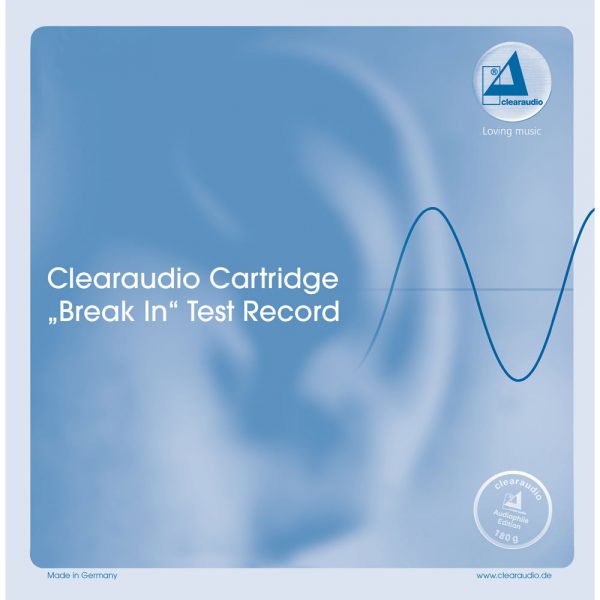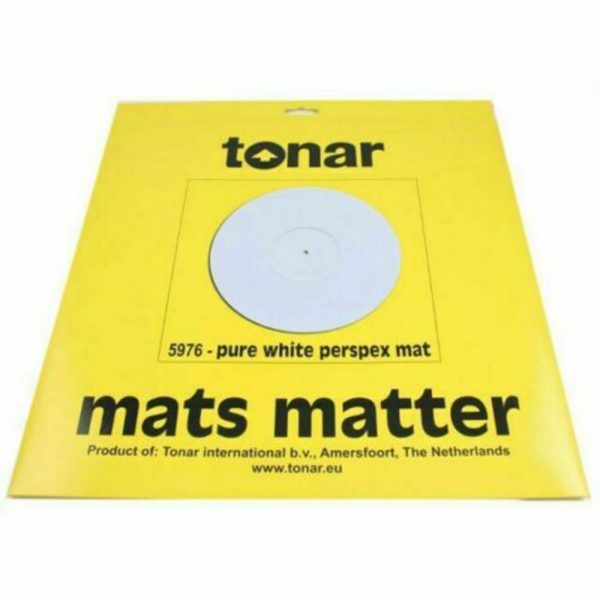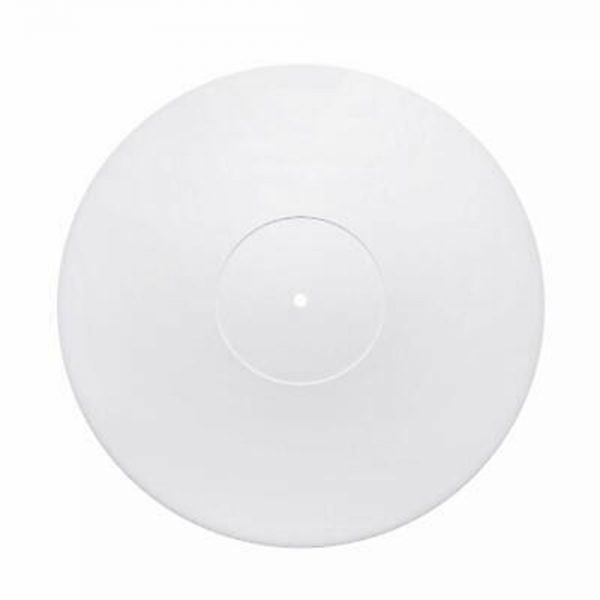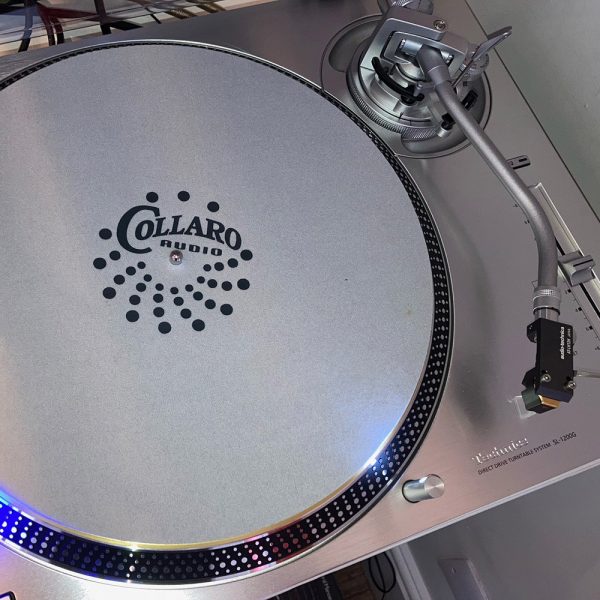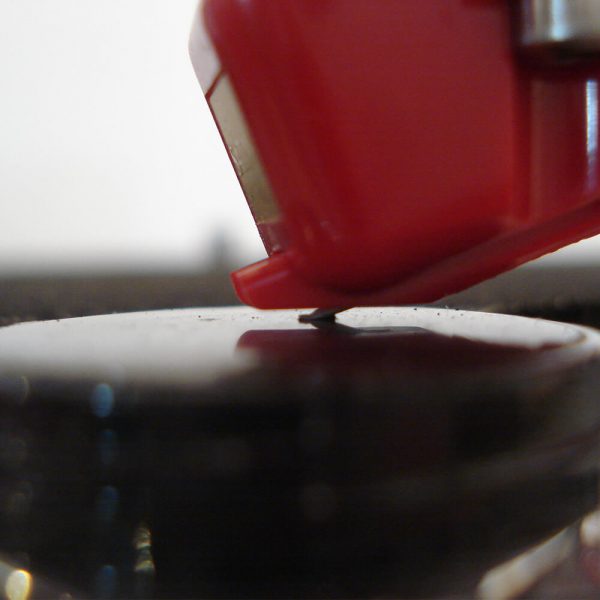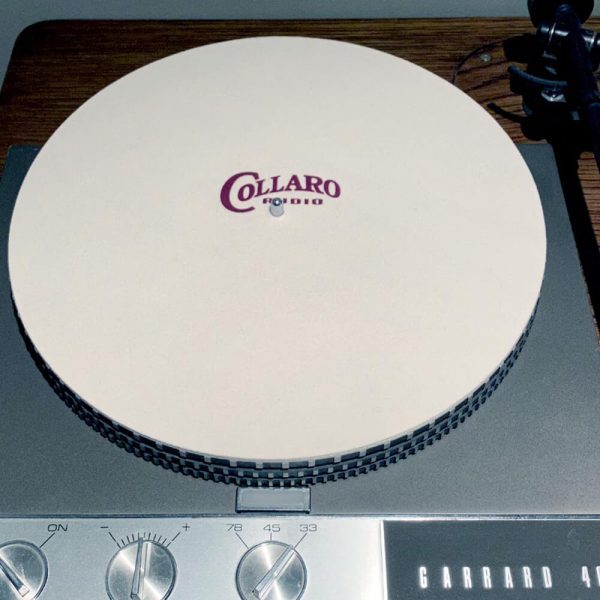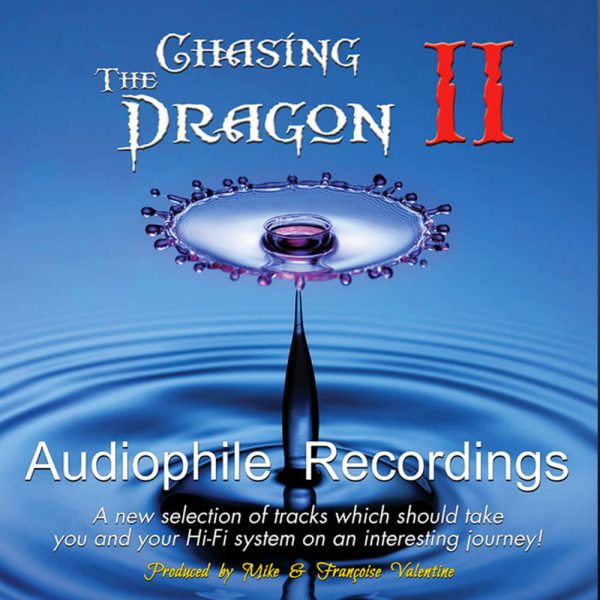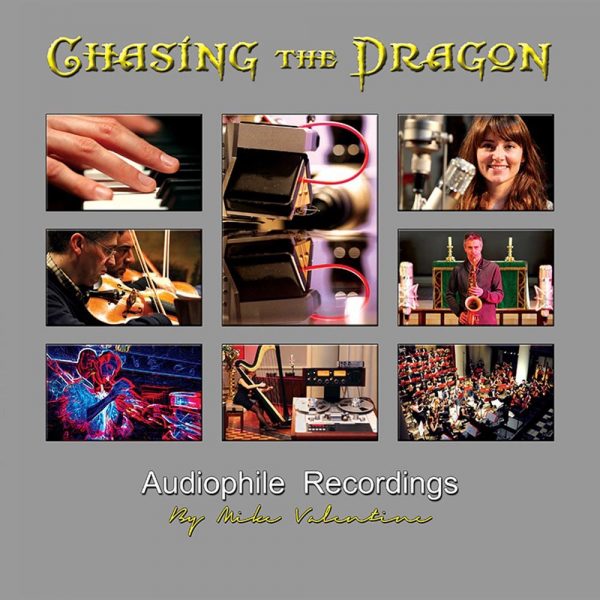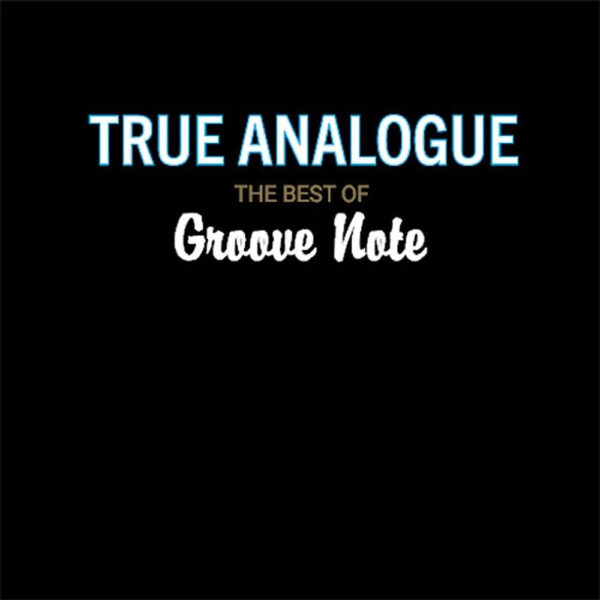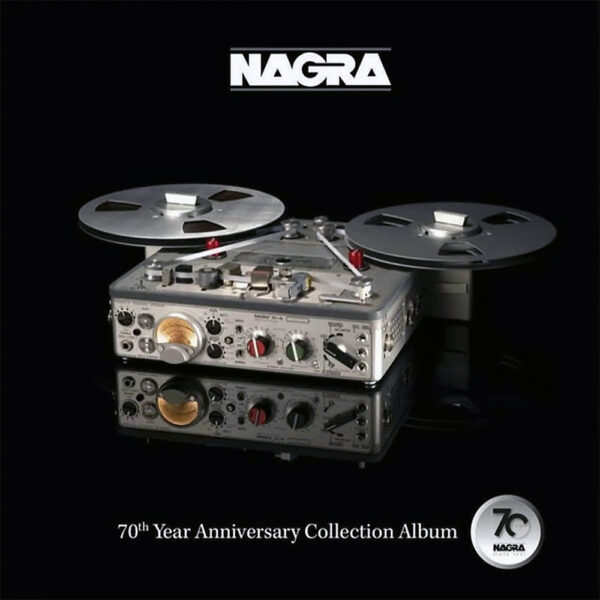Black Ravioli Record Ground
Introducing Record Ground
The BR Record Ground is designed to address the interference on the record surface during re-play. The ground is designed to have minimal contact with the turntable and requires no additional alignment. Sixteen contacts and a complex array inside the dissipation volume provide the escape path for the energy. This activity gives a clearer, quieter and more expansive response with lower interference being taken into signal processing. It is free on the spindle and weighs approximately 195 grams. The outer containment has minimal interface with the energy path from the record.
Subject to equipment construction the record ground can also be placed on top of the casing of streamers where it can give a clearer, quieter and more expansive response with lower interference being taken forward into the digital processing.
Dimensions: 75x75x35mm
Weight: 0.195kg
I have been using this product for a number of weeks now, on a famous Scottish made turntable with a suspended chassis. I will confess that I was intrigued because the use of clamps, weights etc on these decks is not recommended by the manufacturer, warned against by the dealer, and I was simply curious to try something that few others will have bothered to do. The ultra light weight of the BR Record ground suggested to me that it wasn’t going to upset the suspension, and I was proved right.
There was virtually no difference in the ‘vertical bounce’ behaviour, and the relaxed fit on the spindle means that there’s no opportunity to grip the spindle and upset the suspension set-up. In listening, I have to say that there’s a very positive improvement in several aspects, notably an increase in coherence in the bass and more focus.
The slight overemphasis in the upper bass that was the main fault with the overall sound balance of the deck was corrected nicely, and there’s a much better ability to distinguish between instruments that once seemed confused. Listening to the UK pressing of ELO’s “Out of the Blue” is a good case in point. More instrument lines could be heard clearly rather than the former muddiness. Not the cheapest upgrade I’ve made, but very worthwhile indeed. Thanks for the service. Mr Crawford – Gloucester

